Cultivating the Collective Heart through the Practices of Yoga & Ayurveda
Ayurveda and Yoga have been very patient with me. In the years, they have taught me so many things, I do not know where to begin or end. A sacred circle. I’ve been thinking a lot about this. Specifically what and why I find it so important in my life. Especially as I continue to chart my way through terrain that feels sticky and hard to navigate. Being a woman, ancestors from other lands, I often ask myself “what am I doing here? How can I feel so strongly aligned given my background”? And “How do I stay in appreciation and advocacy for practices that have been so impactful in my life”?
Lately I have found a more clear answer. Some years back I began to deepen my practices off the mat. I started noticing that when I stay close to the practices that give a container around Right living, I felt good. In Yoga these practices are the first two limbs of the eight limbed system, The Yamas and the Nyamas. These include ways of living in right action to oneself AND the collective. They guide us through simple values of being honest and truthful, practicing non violence and release of attachments (ok, still REALLY working on this one!) and many others. They are a frame to live a life that is clear, stable and harmonious. In Ayurveda, similarly, these practices are referred to as the Sad Vrttis. Also a system of living in right action and accordance to oneself and society, these practices offer guidance around truth, integrity and the importance of caring for the mind, body and spirit of ourselves and each other. Ayurveda goes on to say that these practices are so important and hold such a powerful impact on our health, that '“just” following them will bring about great health, harmony and well being beyond any herb, oil or treatment.
In practicing these codes of living, there are many qualities that have manifested. I think the one that holds the greatest impact in my heart is regarding my understanding of the collective consciousness. Acharya Shunya wrote a poignant article some years back titled “Decoding the Ancient Dharma Teaching of Ayurveda” which goes into great detail about the collective, some of which is summed up beautifully with this:
”Ayurveda conceives a dynamic model of this universe wherein all objects, beings, events, phenomena, and experiences are vitally interconnected. According to Āyurveda, when we humans choose to discard truthfulness, modesty and righteousness (dharma), we agitate not only our immediate sphere of influence but the entire cosmos.
Sage Caraka declares unequivocally,
“The root cause of the derangement of the wind (vāyu), etc is unrighteousness.”[i]
Rivers become violent and change course, meteorites appear frequently, earthquakes shake the terrain, and even the sun, moon, and stars become enraged.[ii] “
The collective is important. Acknowledging the collective gives us an opportunity to feel both supporting and supported, seen and understood and provides a greater sense of connection that goes well beyond the here and now. It gets us out of our own heads and experiences and clears a path that shows just how much we need each other to not only thrive but also SURVIVE. The collective is important.
For me, these are the most significant parts of Yoga and Ayurveda. These actions and framework that ask me to honor, serve and respect myself through the actions of our collective go well beyond a posture and fancy yoga pants. When we are joyful, I am joyful. When we suffer, I suffer. I believe it is true. I am so thankful for these practices and for the gifts they have so graciously shared. More than one teacher has said to me “Be aware of the doors you walk through, you cannot ever un-walk through them again”. I have thought about this many times, often in a frustrating situation. But not this time. This time has me feeling the deep well of love and appreciation.
What would the world be like if we really did understand the power and unity of the collective? I think it might blow our minds.
Most sincerely,
Danielle
References:
[i] Charaka Sāṃhita, Vimānāsthānam, III, 20
[ii] Charaka Sāṃhita, Vimānāsthānam, III, 6.3
